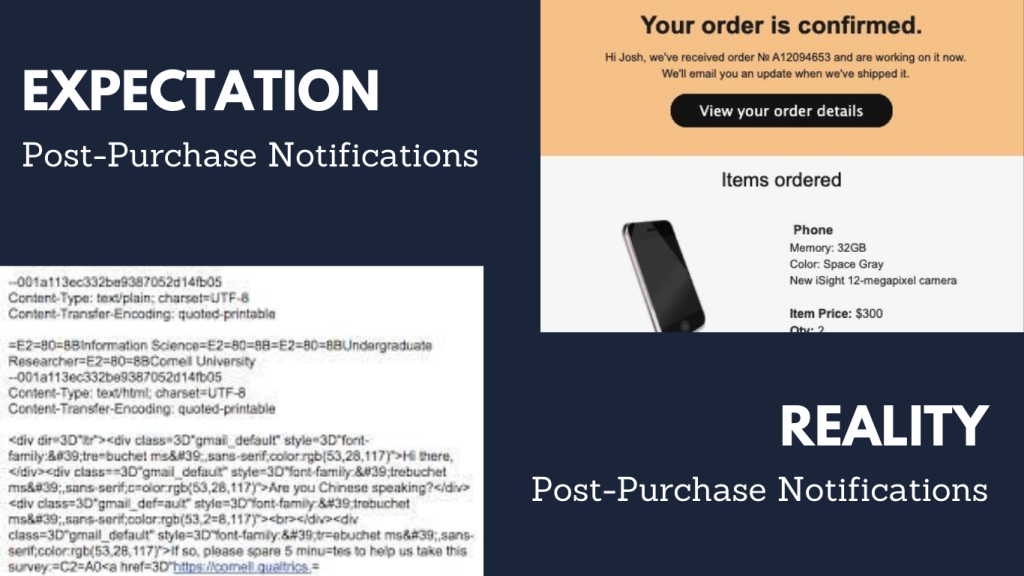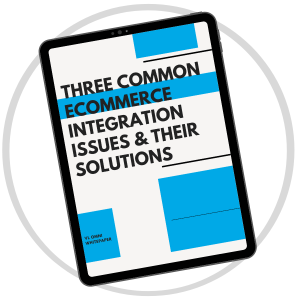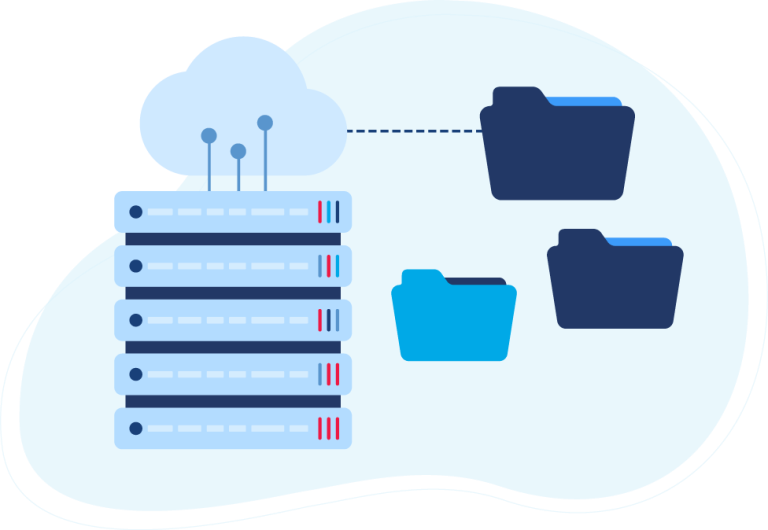Did you know that your customers’ experience with your brand is only as good as your back-end data integration?
Let’s dive will dive into the importance of customer experience and data integration for growing businesses. After all, creating a seamless back-end and front-end experience by making data available where it needs to be and at the right time is key to grow in eCommerce.
Integrate The Customer Experience Into Every Level Of Business
The customer journey starts with product creation and then a series of processes that lead to a purchase. Along the way, many touchpoints can reinforce a positive experience for your customers. This is why it is key that brands succeed at integrating cross-channel processes and systems.
Every level of your business has to be in sync to provide a seamless customer experience no matter where your customers are at, including marketplaces, social media channels, your online store, or in-store. Having processes and systems in place to monitor the multichannel experience can help brands capture multi-channel interactions from channel-agnostic customers. This is where data integration becomes imperative to streamline operations for a seamless shopping experience.
The Importance of Back-end Integration For A Seamless Customer Experience
If you’re just starting out your research into data integration, or if you have been led down by a less-than-honest salesperson, you might still not fully understand the connection between the quality of your integration solution or service, and the level of satisfaction your customers feel when interacting with your brand across all channels.
The fact of the matter is that if your business systems are incomplete without proper integration. Of course, certain integrations will provide some functionality but your brand can need up with a ‘spaghetti factory’ of plug-and-play integrations. Worst of all, you will find inconsistencies in your data because your sales channels are not integrated at all. At this point, your customers will notice because their experience with your brand will suffer at several points along their journey.
But why explain all this in words when we can use memes? Keep reading to see three memes of ways customer expectation and the shopping experience are affected by the quality of your data integration solution!
Expectation vs. Reality
1. Web Experience

Website experience is fundamental to eCommerce in this day and age. This category really expands to any touch-point your brand has with your customers across all channels, including B2B and B2C, brick-and-mortar locations, and online.
Customers are constantly wary of websites that might be fraudulent or of low quality. The look and feel of the front-end website is so important to first-impressions and trust-building.
Customers approach any interaction with any company with certain baggage based on their past experiences. Unfortunately for many businesses, the customer experience benchmark has been set incredibly high by websites like Amazon.
But the best websites in the world are not just pretty websites, they have powerful back-ends that include agile and scalable data integrations that give visibility across their technology stack. That powerful integration should slient to the merchant but it is what powers a fast, reliable customer experience.
2. Post-Purchase Notifications

Nothing’s more disappointing and frustrating from a customer’s point of view than completing your order and hearing… nothing.
Most of us have been there: sitting there, staring at your phone or computer, waiting for a confirmation notice of your order that sometimes just never comes. Sometimes we get an email like the one above, garbled to no end. Clearly, the customer experience gives a lot to say – and it’s having an effect on how customers perceive your brand.
How does proper data integration help?
A customized service provider can tie all of your business’ back-end applications together so that the data from your eCommerce platform, payment platform, CRM, marketing automation software, ERP & MRP, and more flow automatically between the programs. That means your order status emails, including if they’re on time or delayed, happen automatically without the direct management of a warm body in a chair typing away.
Data integration is also the best way to have coherent visibility on the back-end so your team can follow where your customer’s orders are across all your internal applications. So when you push those post-purchase notifications are accurate in every detail.

You can learn more about what happens when email communication between the customer and the business breaks down in this great case study ebook.
3. Shipping
What some businesses get (and others don’t) is that how your product is delivered to the customer is your last chance touchpoint for that order. If you don’t hit the customer’s expectations just right, chances are this touchpoint could be the last touchpoint you have with that particular customer ever.
Making sure your company is fully integrated with your 3PLs, Shipping partners, and more is just one step to ensuring your customer’s expectations are met and exceeded at their doorstep. But it’s important to go one step further and ensure that your entire system is integrated, including your ERP & MRP.
Why, you ask? Nothing’s worse than setting customer expectations high with #1 and #2 on this list. And then realizing that you don’t actually have the item the customer ordered in stock.
Integrated Customer Experience Should Be Your Aim
Ultimately, customer experience is hard enough to master. But trying to manage customer experience and customer expectation without proper omnichannel data integration is getting near impossible in today’s high-tech world.
 D365 Business Central
D365 Business Central Netsuite
Netsuite


